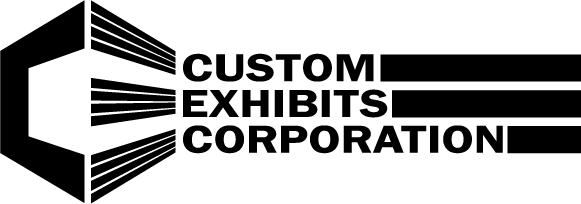There are several types of tabletop displays, they include briefcase, or self packing displays, folding panel displays, panel systems, popup displays and hybrid displays.

The easiest to set up. They consist of a base with a graphic rolled up on a spring tensioned roller and a multi section pole. To install, you put the pole together in stick it in a hole in the base, then raise the graphic out of the base and hook it to the top of the pole. Takes just minutes to set up.
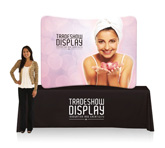
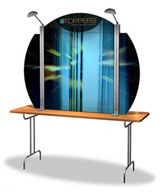
Hybrid tabletops are relatively new to the industry. They consist of an aluminum frame and either fabric graphics or rollable graphic panels. They require some assembly, sometimes requiring a tool, and have a variety of parts. They offer a large graphic area and a fresh, innovative look. They typically pack in a panel case similar in size to the folding tabletops, and normally do not offer a hook and loop fabric option.

They are lightweight and easily managed, but are limited to a relatively small presentation. For small hotel lobby shows, job fairs, corporate presentations and such, they work just fine. They may get lost in a regional or national show setting though.
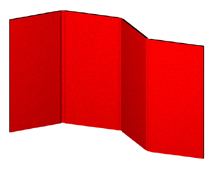
Folding panel displays have been around for a long time. They consist of a set of three to six panels connected with a 360 degree hinge. Hence, they can be set up in a couple of different configurations from a U shape to a Z shape or like an accordion. Typically covered in fabric on both sides, they sometimes offer the option of having a different color on each side. Panel sizes are usually 36 or 46 inches tall and 16 or 23 inches wide. Some models allow you to stack panel sets to increase the height to 54 inches. Many offer light kits and back lighted headers. These displays are usually packed in a canvas bag for carrying or a plastic shipping case for shipping
Folding panel displays offer a decent presentation size and are suitable for Job Fairs, local and regional shows. They will get lost in a national show. They can be difficult to handle because they don't fold down very small.
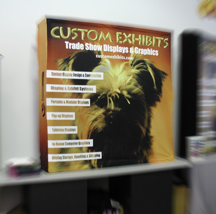

First is the fabric skinned displays. They consist of an expanding frame and a fabric graphic. The graphic stays attached to the frame in both the open and closed position. Since the whole skin is a graphic, it is best to put some thought into the content, because changing the whole skin can be expensive. They are great for sending out to reps because the graphic is difficult to damage. They are also a little lighter than the panel skinned variety.
The panel skinned popups offer either graphic panels or fabric panels, and they can be interchanged and mixed. The fabric panels accept velcro attached graphics allowing easy changes to your marketing messages, addition of new products and a different mix of content according to the type of show you are attending. The graphic panel skinned popups offer the impact of a large image, but again, to change the entire image can be expensive. These require a little more assembly time than the fabric skinned popups, are easier to damage and have more pieces.
